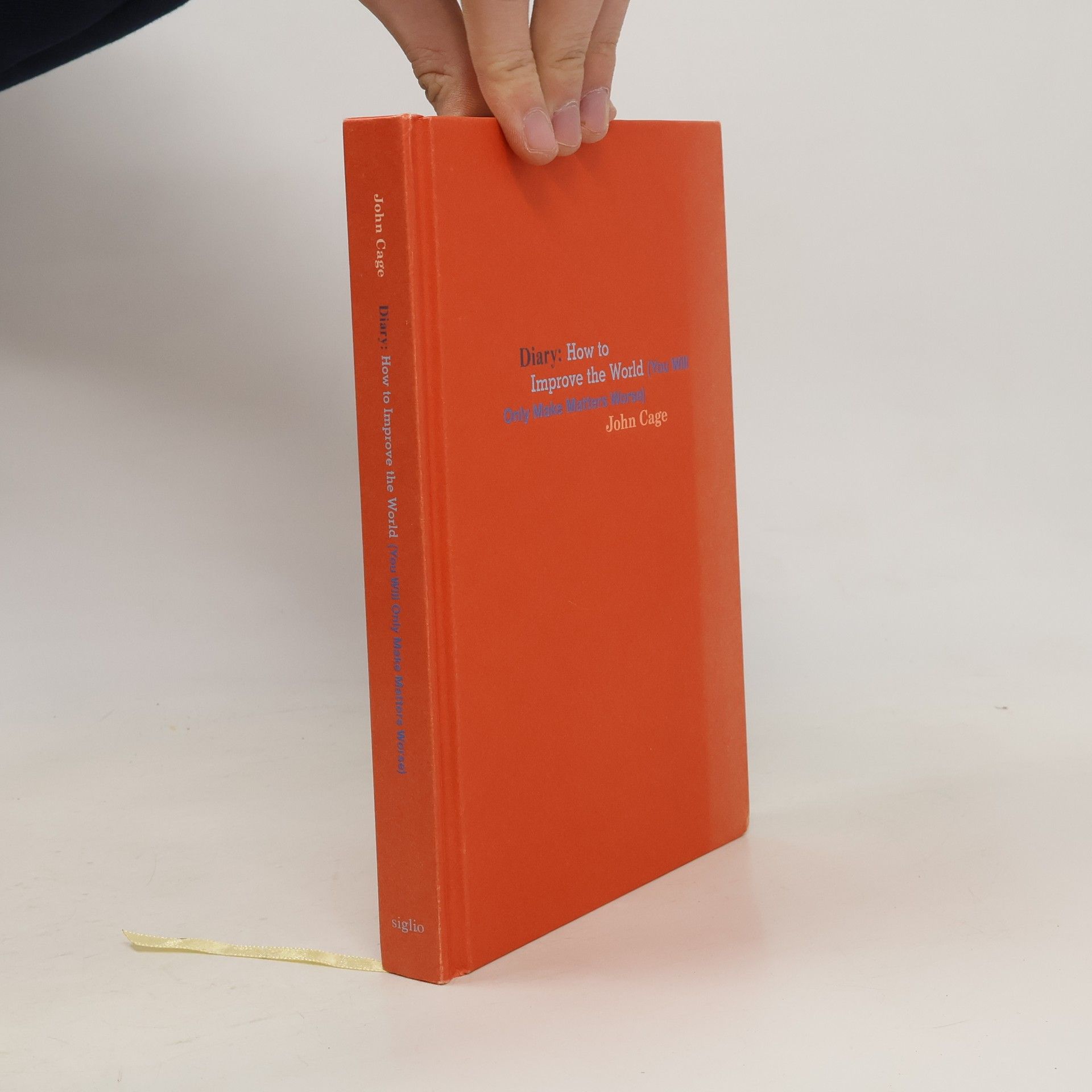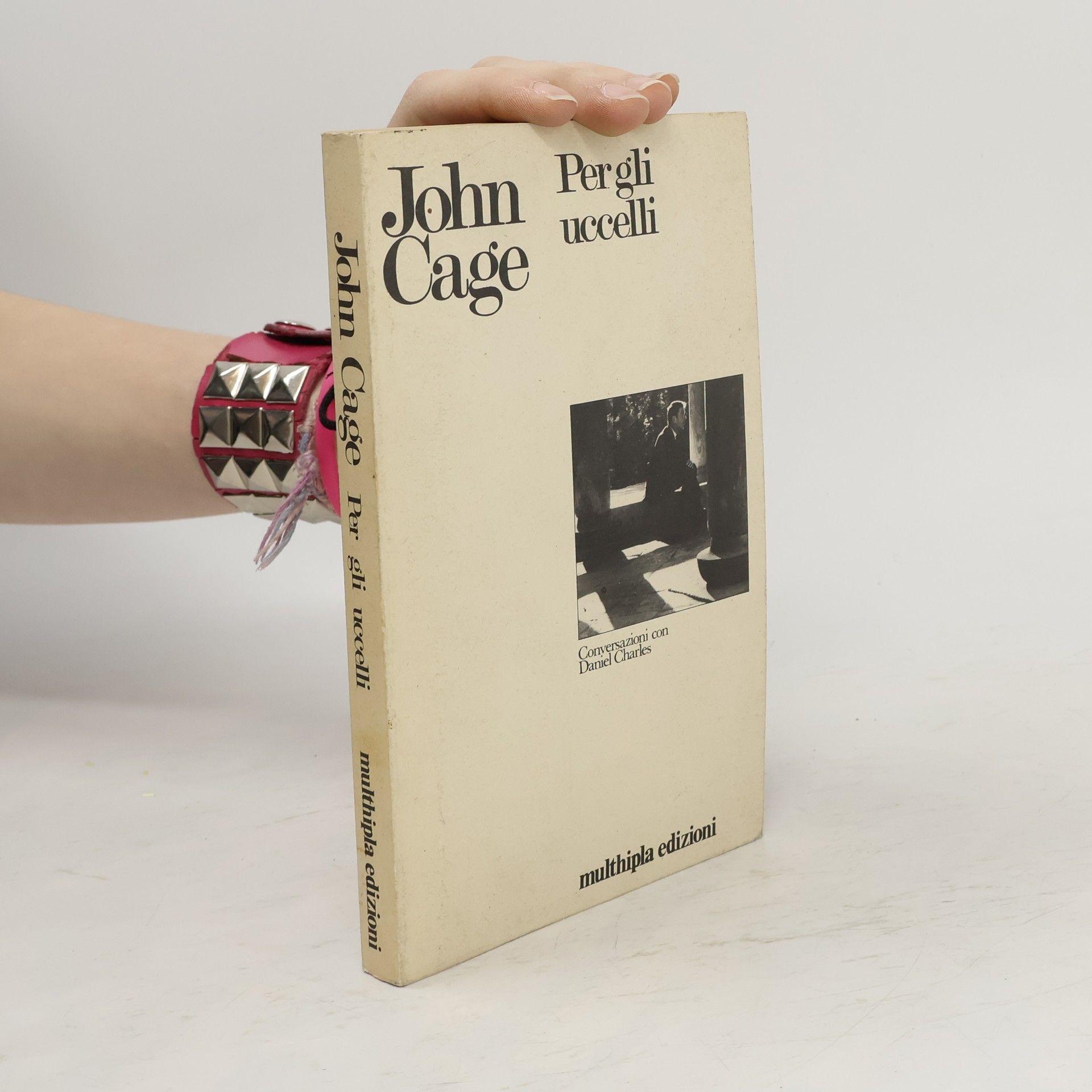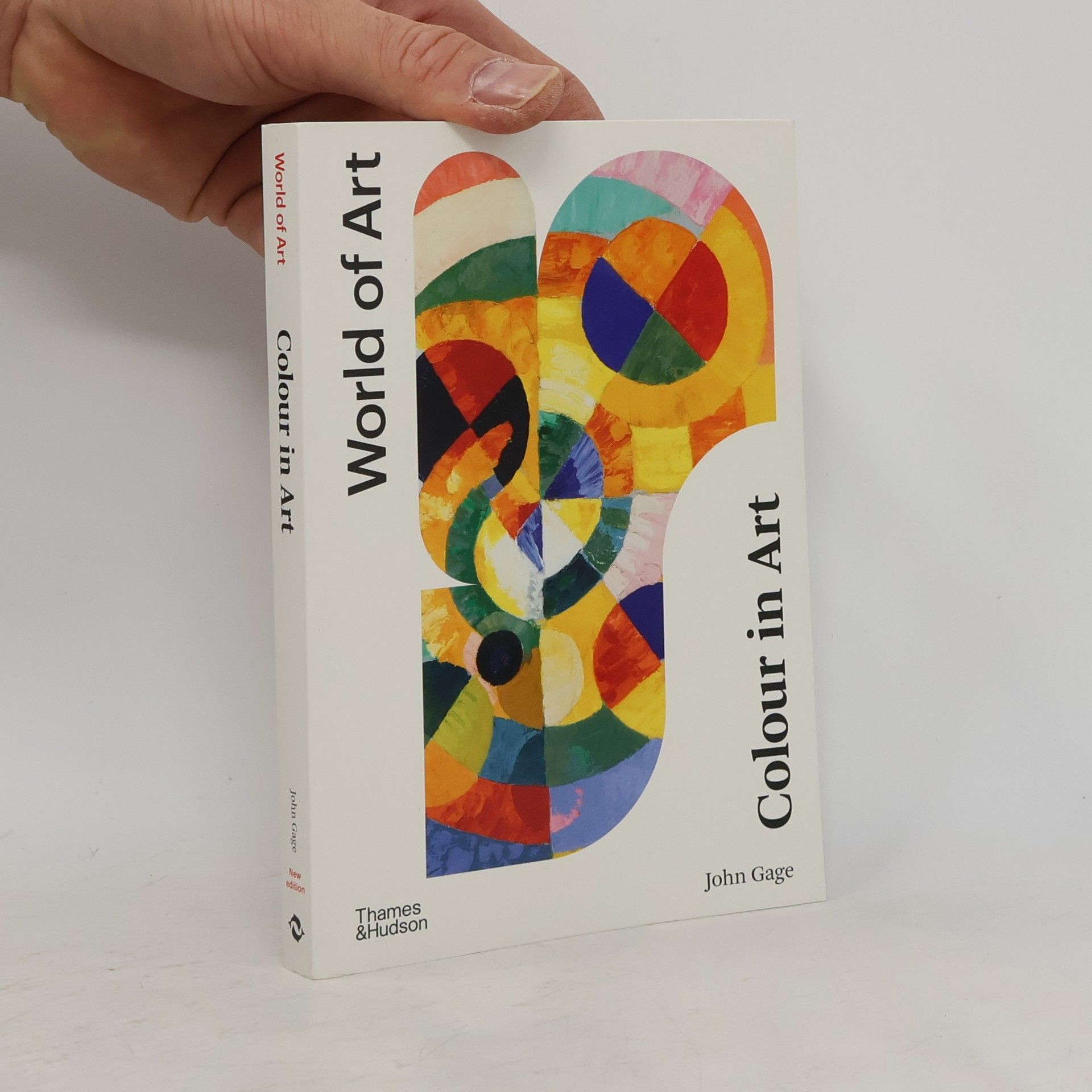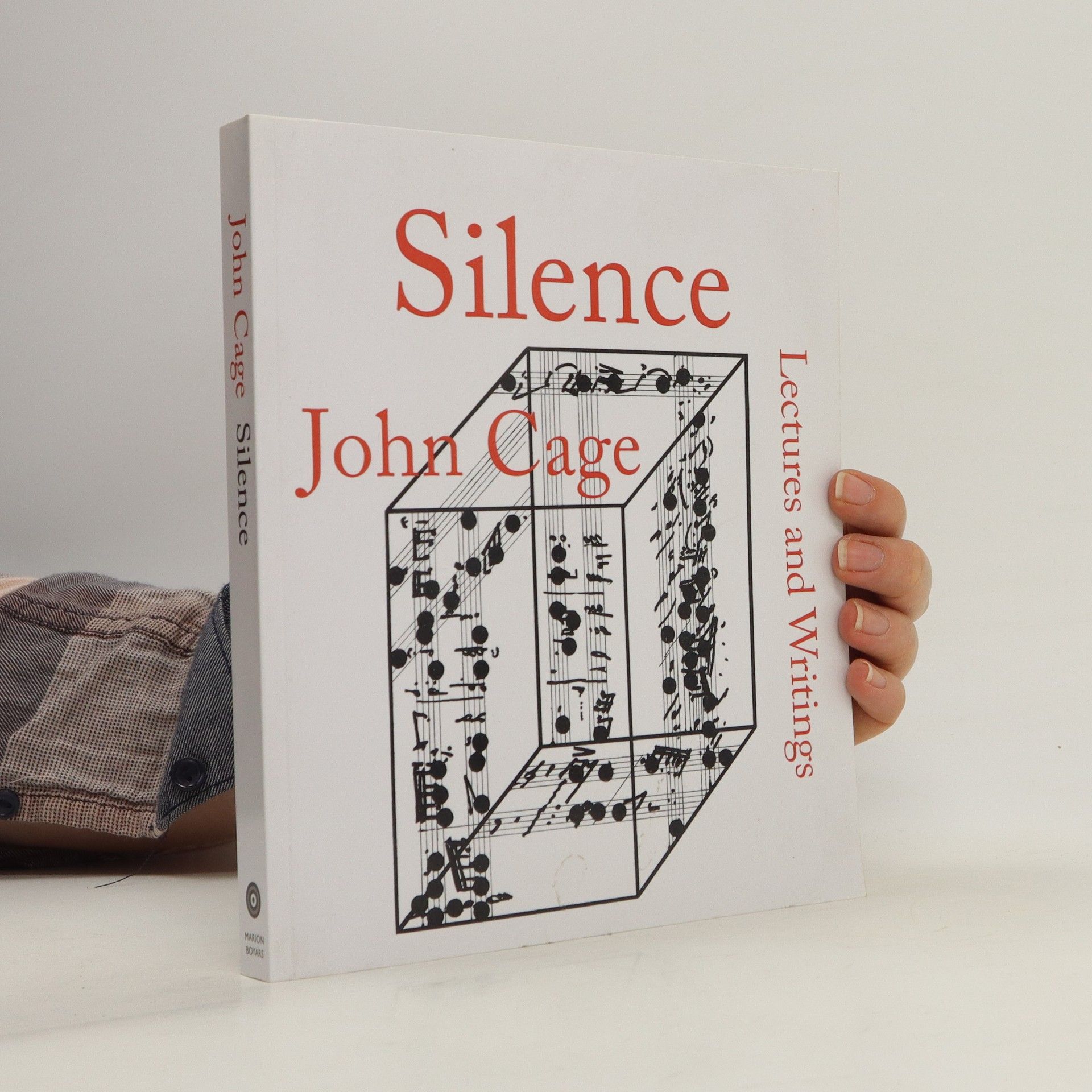John Cage Libri
John Cage è stato un compositore e filosofo americano, rinomato pioniere della musica aleatoria e della musica elettronica. Il suo approccio innovativo alla musica e l'uso di fonti sonore non convenzionali lo hanno reso una delle figure più influenti dell'avanguardia del dopoguerra. Cage ha esplorato la sperimentazione musicale, incorporando principi delle filosofie orientali e del caso, sfidando così le percezioni musicali tradizionali. La sua opera '4′33″' e il concetto di 'pianoforte preparato' hanno lasciato un segno indelebile nella musica classica moderna, influenzando la percezione stessa del suono e del silenzio.







John Cage Diary
- 200pagine
- 7 ore di lettura
Now available in an expanded paperback edition, 'Diary' registers Cage's assessment of the times in which he lived as well as his often uncanny portents about the world we live in now. With a great sense of play as well as purpose, Cage traverses vast territory, from the domestic minutiae of everyday life to ideas about how to feed the world. He used chance operations to determine not only the word count and the application of various typefaces but also the number of letters per line, the patterns of indentation, and-- in the case of Part Three, originally published by Something Else Press-- color. The unusual visual variances on the page become almost musical as language takes on a physical and aural presence. While Cage used chance operations to expand the possibilities of creating and shaping his work beyond the limitations of individual taste, 'Diary' nonetheless accumulates into a complex reflection of Cage's sensibilities as a thinker and citizen of the world, illuminating his social and political awareness, as well as his idealism and sense of humor: it becomes an oblique but indelible portrait of one the most influential figures of the 20th-century American avant-garde. This expanded paperback edition reproduces the 2015 hardback edition, with a new essay by mycologist and Cage aficionado David Rose and, most important, an addendum that includes many facsimile pages of Cage's handwritten notebook of a ninth part in progress, bringing the reader into compelling proximity to Cage's process and the raw material from which 'Diary' was made
The Selected Letters of John Cage
- 651pagine
- 23 ore di lettura
Letters of an avant-garde icon available to the public for the first time číst celé
Mainly mesostics inspired by music, mushrooms, Marcel Duchamp, Merce Cunningham, Marshall McCluhan, etc. and includes "Mureau"- - composed from the writings of Henry David Thoreau."Ordinary people brood over their failings and try to correct them; talent puts its failings to work. John Cage is not a powerful logician or rigorous thinker in the linear sense, but that has not kept him from being widely regarded, at age 60, as the most disturbingly original musical mind (if not the best composer) that America has produced since Charles Ives..Cage's most characteristic compositions probably stand slight chance of outliving him by much. They are in essence conceptual: uncollectable and unpreservable, gaily but deliberately writ on water. Not so his books. In 'Silence,' 'A Year From Monday' and now 'M,' the latest installment in his diary series, we have the solid, seizable stuff of art, whether the antiartist likes that or not: Cage caught."-- Donal Henahan, The New York Times Book Review"A fascinating, maddening, charming miscellany . . . set in over 700 different typefaces, with illustrations and word-drawings adding an esoteric zest . . . It all seems abstruse, but attuned readers could enjoy Cage's high humor while soaking in his penetrating insights and anecdotes intended to 'unstructure' bourgeois society"-Publishers Weekly.
Diary: How to Improve the World
- 173pagine
- 7 ore di lettura
Composed over the course of 16 years, 'John Cage's diary: How to improve the world (you will only make matters worse)' is one of his most prescient and personal works. A repository of observations, anecdotes, obsessions, jokes and koan like stories, the diary registers Cage's assessment of the times in which he lived as well as his often uncanny predictions about the world we live in now. With a great sense of play as well as purpose, Cage traverses vast territory, from postwar music to Watergate, from domestic minutiae to ideas on how to feed the world. Typing on an IBM Selectric, Cage used chance operations to determine not only the word count and the application of various typefaces but also the number of letters per line, the patterns of indentation and--in the case of Part Three (published as a Great Bear pamphlet by Something Else Press)--color. The beautiful and unusual visual variances become almost musical as the physicality of the language on the page suggests the sonic. This first complete hardcover edition collects all eight parts Cage originally published in A Year from Monday, M and X. Coeditors Kraft and Biel have consulted these publications along with Cage's original manuscripts, and--with the Great Bear pamphlet as a guide--they have used chance operations to render the entire text in various combinations of red and blue as well as apply a set of 18 typefaces to the entire work. Composer, philosopher, writer and artist, John Cage (1912-92) is one of the most influential figures of the 20th century. A pioneer in extending the boundaries of music, often composing works through chance operations, Cage also had an extraordinary impact on dance, poetry, performance and visual art
Colour and culture : practice and Meaning from Antiquity to Abstraction
- 336pagine
- 12 ore di lettura
Colour is fundamental to life and art: yet so diverse is it that it has hardly ever been studied in a comprehensive way. Is it above all a visual stimulus? A function of light, or a material substance to be moulded and arrayed? What does the language of colour tell us? Where does one colour begin and another end?
A wide-ranging and engaging introduction to the place and power of color in life and art by John Gage, author of the award-winning Color and Culture.
Silence
- 276pagine
- 10 ore di lettura
Silence, A Year from Monday, M, Empty Words and X (in this order) form the five parts of a series of books in which Cage tries, as he says, "to find a way of writing which comes from ideas, is not about them, but which produces them." Often these writings include mesostics and essays created by subjecting the work of other writers to chance procedures using the I Ching (what Cage called "writing through").
Written between the late '30s and the early '90s, these pieces by John Cage here acquire the permanence they deserve. Some have never been published before. Many appeared only in magazines, journals, and catalogues; others in concert programs and on record covers. Also included are the texts of lectures and - of crucial importance to the appreciation of his music - Cage's notes on the performance of his compositions, courtesy of his music publisher, C.F. Peters.
Composition In Retrospect
- 184pagine
- 7 ore di lettura
"Written in his characteristic "mesostics" (lines of prose poetry linked by a central vertical acrostic), Composition in Retrospect is a statement of methodology in which composer John Cage examines the central issues of his work: indeterminacy, imitation, variable structure and contingency. Finished only shortly before his death in 1992, Composition in Retrospect completes the documentation of Cage's thought that began with his classic book Silence (1961), but it is an introduction and invitation to his work as much as a summary or conclusion. Also included in this volume (at Cage's request) is "Themes and Variations, " a piece written in 1982 about friends and heroes such as Jasper Johns, Buckminster Fuller, Marcel Duchamp and Erik Satie. Together these pieces form a book that is both a testament to the artists Cage admired and a clear statement of his own ars poetica."--Résumé de l'éditeur


